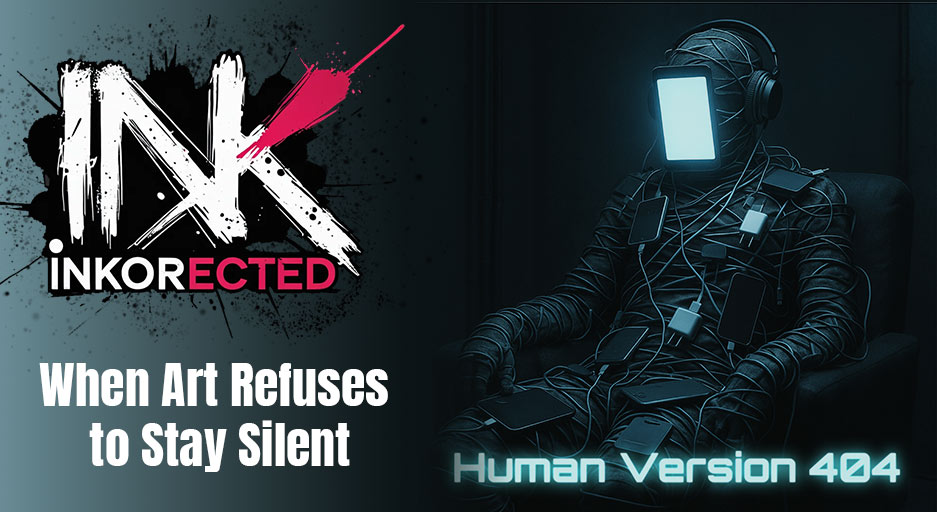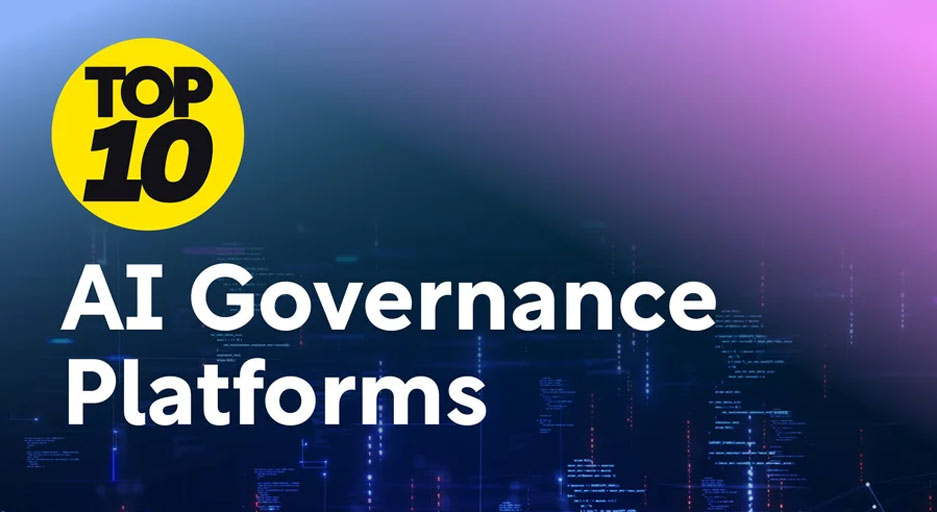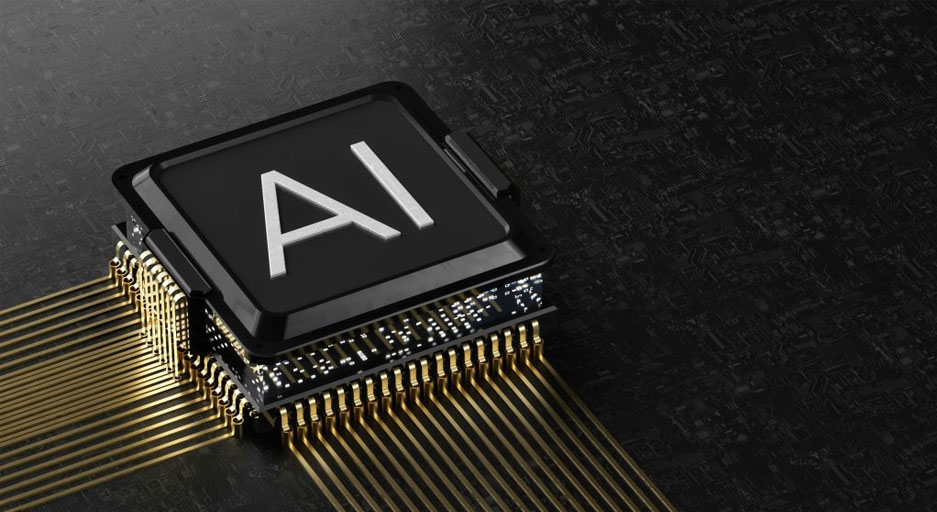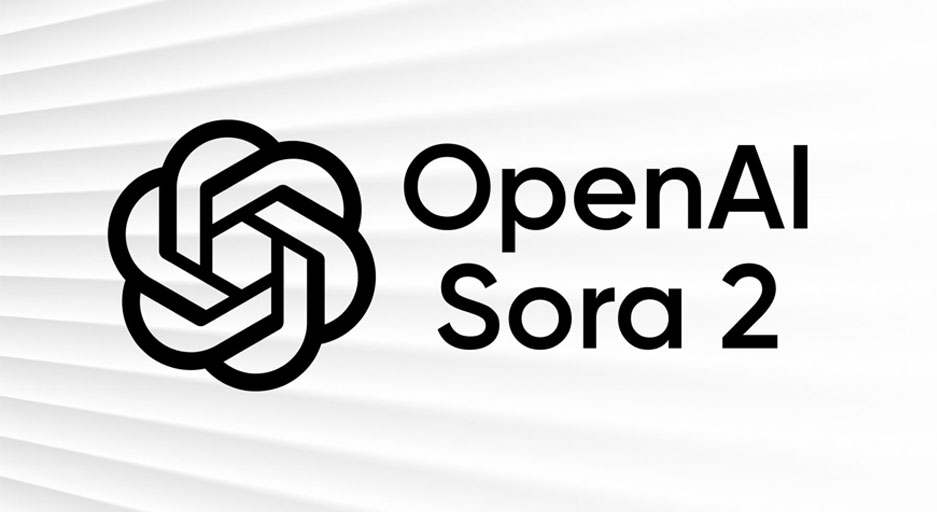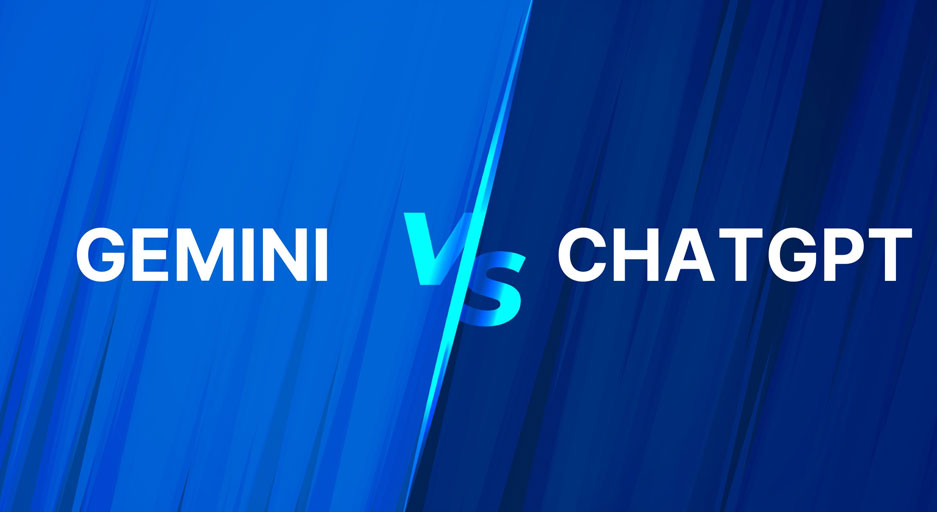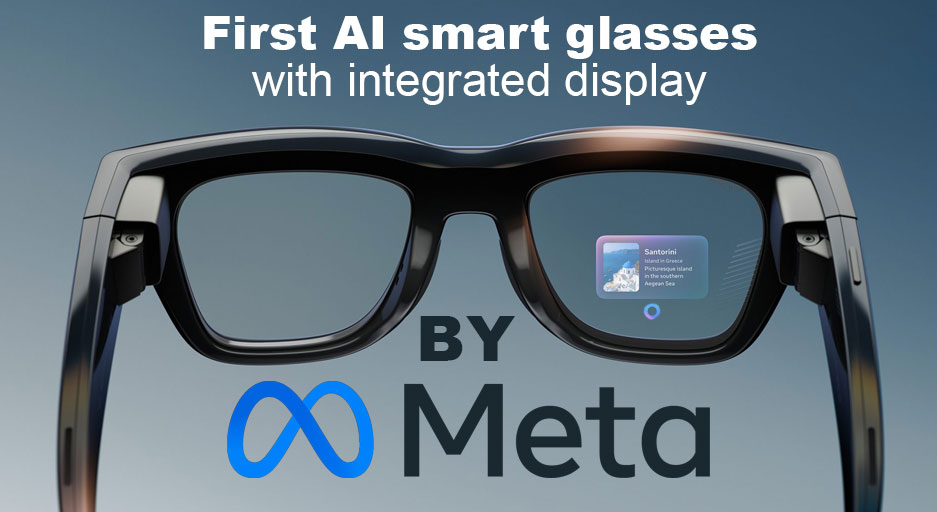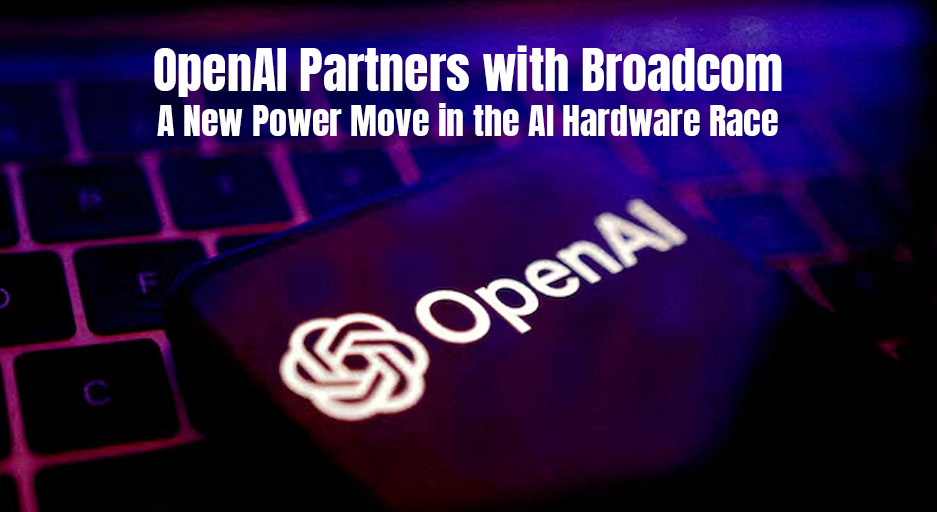OpenAI Partners with Broadcom to Build Its First Custom AI Chip — A New Power Move in the AI Hardware Race
OpenAI Enters the AI Hardware Arena with Broadcom
In a strategic move to gain more control over its AI infrastructure, OpenAI has announced a partnership with Broadcom (NASDAQ: AVGO) to develop and produce its first in-house artificial intelligence processor.
The deal marks OpenAI’s biggest step yet toward reducing dependence on Nvidia and strengthening its hardware backbone for the next generation of AI models.
Following the announcement, Broadcom’s shares surged by over 10%, signaling investor confidence in what could be one of the most significant collaborations in the AI hardware landscape.
The Power Behind the Partnership
According to both companies, OpenAI will design the chips, while Broadcom will handle development and deployment, with production expected to begin in the second half of 2026.
Together, they plan to roll out 10 gigawatts worth of custom AI processors—equivalent to the power needs of over 8 million U.S. households or five times the output of the Hoover Dam.
While analysts doubt this move will immediately challenge Nvidia’s dominance in the AI accelerator market, it’s a clear signal that OpenAI is investing heavily in long-term computing independence.
The Race for AI Compute Power Intensifies
This Broadcom partnership follows a series of major hardware deals by OpenAI.
Just last week, the company revealed a 6-gigawatt AI chip supply agreement with AMD, which includes an option to acquire equity in the chipmaker. Around the same time, reports surfaced that Nvidia plans to invest up to $100 billion in OpenAI, delivering data-center systems with more than 10 gigawatts of capacity.
“Partnering with Broadcom is a critical step in building the infrastructure needed to unlock AI’s full potential,”
— Sam Altman, CEO of OpenAI
Although financial details of the agreement remain undisclosed, funding such a massive build-out will require creative financing, including strategic investments, Microsoft support, and potential credit facilities.
According to Nvidia CEO Jensen Huang, a 1-gigawatt data center can cost between $50 and $60 billion, with Nvidia hardware often representing over half of that cost.
Inside the Custom Chip Boom
By teaming up with Broadcom, OpenAI joins the ranks of Google, Amazon, and Meta, all of which have developed custom silicon to power their own AI ecosystems.
However, earlier attempts by Microsoft and Meta to rival Nvidia’s performance have largely fallen short, highlighting the technical challenge of building chips that can match Nvidia’s CUDA software and InfiniBand networking ecosystem.
Broadcom, meanwhile, has become one of the biggest beneficiaries of the generative AI surge. Its stock price has risen six-fold since late 2022, fueled by growing demand for custom AI accelerators. In September, Broadcom revealed a $10 billion AI chip order from an undisclosed client — though Monday’s statement suggests OpenAI was not that customer.
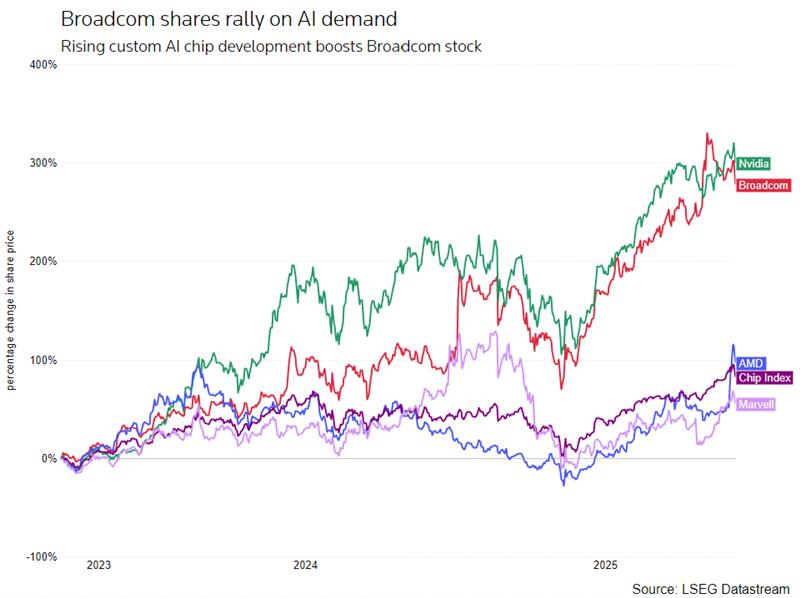
Scaling to 2029 and Beyond
The companies confirmed that deployment of OpenAI’s new custom processors will continue through 2029, relying entirely on Broadcom’s Ethernet and networking technologies.
This choice directly challenges Nvidia’s InfiniBand solution, signaling a growing shift toward open, Ethernet-based AI data center architectures.
If executed successfully, this partnership could mark a turning point — not just for OpenAI, but for the entire AI hardware ecosystem, where performance, power efficiency, and supply chain control are becoming the new competitive battlegrounds.
Final Thoughts
The OpenAI–Broadcom alliance represents more than a chip deal. It’s a strategic statement — one that redefines how AI leaders approach scalability, sovereignty, and sustainability.
As the demand for advanced AI models skyrockets, so does the need for dedicated, efficient compute infrastructure — and OpenAI is clearly positioning itself to lead that evolution rather than follow it.
About the author : koosha Mostofi
I’m Koosha Mostofi — a multidisciplinary media creator, full-stack developer, and automation engineer, currently based in Tbilisi, Georgia. With more than two decades of professional experience, I’ve been fortunate to work at the crossroads of technology and creativity, delivering real-world solutions that are both visually engaging and technically robust.


